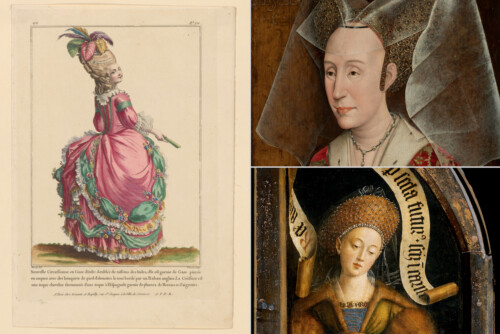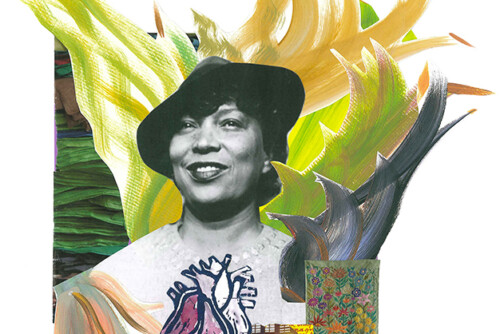Women Then – On and Off Stage
Although Cantonese opera was primarily a male art in nineteenth-century Chinatown, a number of documented incidents indicate a very limited degree of women’s involvement in theatre. According to Lois Rather, in 1881, the “first” woman player, Chow Chi, wife of the actor Ah Hong, appeared on the San Francisco stage when she was about 30 years old. She was highly respected by her fellow players, and when there was a disturbance from the male audience, her male actor friends “chivalrously interfered.” A few more actresses were introduced in the following years, including the “four genuine girls” in the production Che Young Kwong at the Jackson Street Theatre in 1884 (Rather 84-86). A playbill in Figaro (November 14, 1878) advertised “Dramatic, Acrobatic and Gymnastic Company, from the Imperial Theatre, Canton (China), comprising the largest and most Wonderful Company of first-class male and female Artists that ever left THE FLOWERY KINGDOM.” As most contemporary American theatre participants were probably not aware of the casting conventions in Cantonese opera, one has cause to doubt the validity of such a statement. Were the “female” artists really female? Or were they male actors specializing in “female roles” (female impersonators)?
In the auditorium, the sight of women always seemed like a spectacle. Many visitors write about the separate seating for Chinese women. From newspaper and journal accounts in this period, I find that “Chinese prostitutes” became, without any supporting evidence, a near-synonym for Chinese women. Gertrude Atherton describes the costly brocades and jewels, black well-greased hair, and delicately painted face of the “prostitutes of Chinatown.” The gallery of women in Chinese theatre stood out against the background of Chinese men whose expressionless faces turned them into “rows of recently opened clams” (Atherton 55). These women, both real (actresses) and fake (male impersonators), along with the assumed prostitutes in their separate gallery, at least presented the illusion of gender-balance in the theatre. Theatres and brothels are the only places where women are usually mentioned in discussions of nineteenth-century Chinatown.



